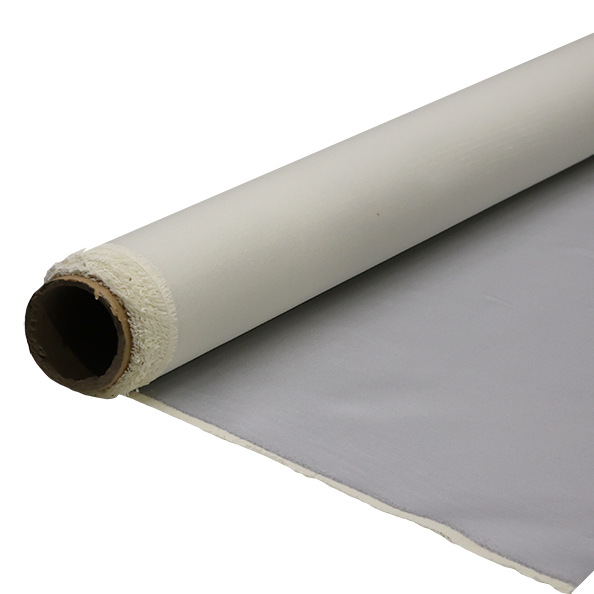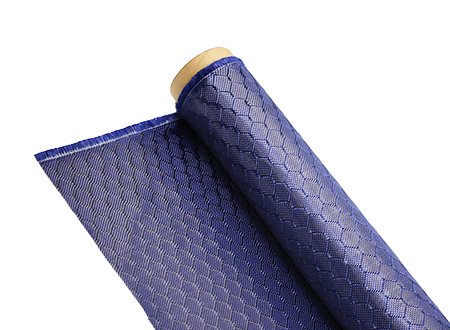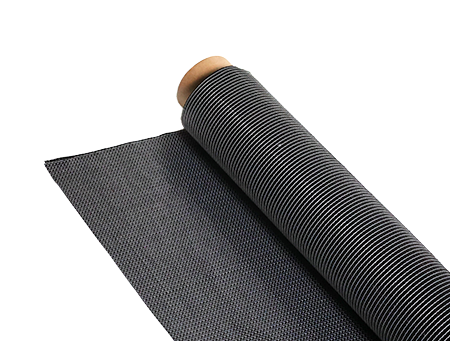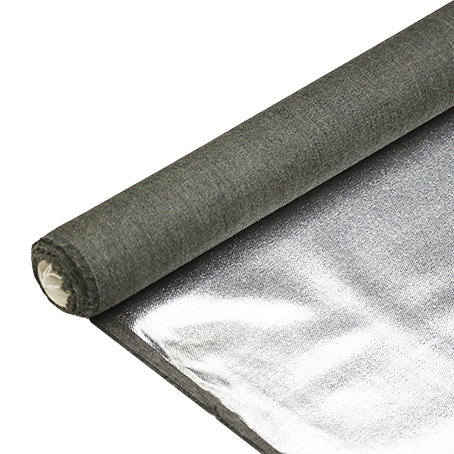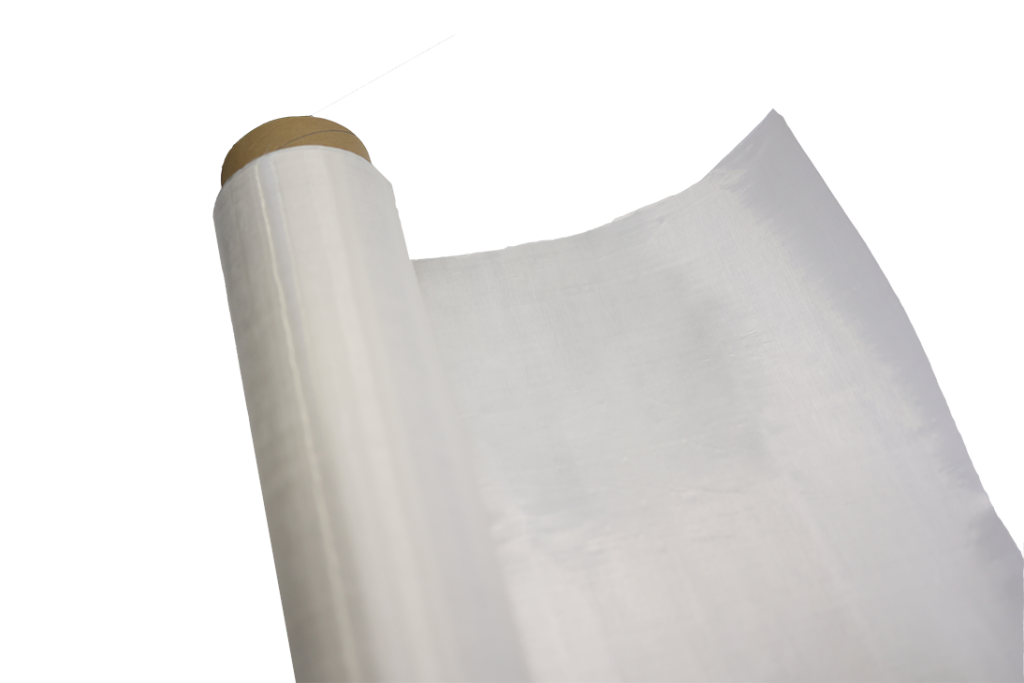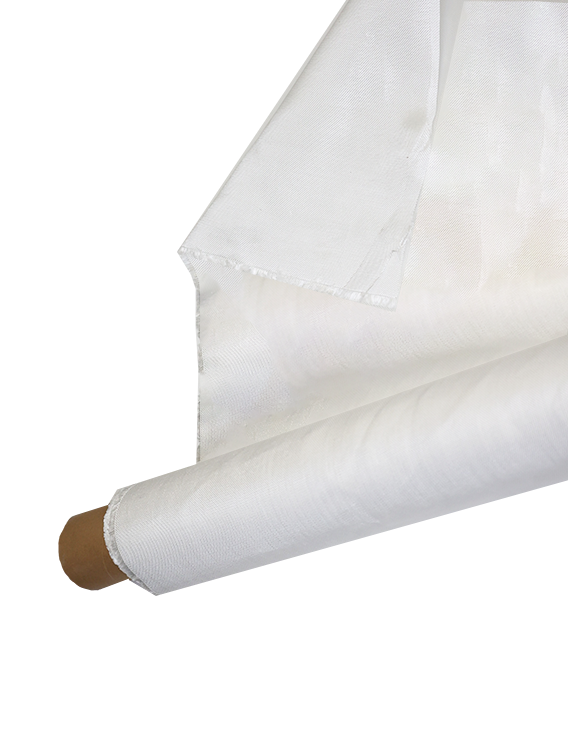Unleashing Innovation: The Power and Potential of Chopped Carbon Fiber
-
Table of Contents
“Transforming Tomorrow: Repurposing Chopped Carbon Fiber Waste for a Sustainable Future.”
Introduction
Sustainable recycling of Chopped Carbon Fiber waste represents a crucial advancement in the quest for environmentally friendly manufacturing practices. As the demand for lightweight and high-strength materials continues to rise across various industries, the challenge of managing carbon fiber waste has become increasingly significant. Traditional disposal methods often lead to environmental harm, making the repurposing of this material essential. By transforming Chopped Carbon Fiber waste into valuable products, such as composite materials, automotive components, and construction materials, we can reduce landfill contributions, lower production costs, and promote a circular economy. This innovative approach not only mitigates the environmental impact of carbon fiber production but also paves the way for sustainable practices in material science and engineering.
Innovative Uses for Chopped Carbon Fiber in Sustainable Recycling
Sustainable recycling has emerged as a critical focus in the quest for environmental preservation, particularly in industries that utilize advanced materials such as carbon fiber. As the demand for lightweight, high-strength materials continues to rise, so does the challenge of managing the waste generated during production and end-of-life processes. Chopped Carbon Fiber waste, often considered a byproduct, presents a unique opportunity for innovative recycling solutions that can contribute to sustainability efforts across various sectors.
One of the most promising applications of Chopped Carbon Fiber waste is in the production of composite materials. By integrating chopped carbon fibers into thermoplastic or thermosetting matrices, manufacturers can create lightweight composites that retain the desirable properties of carbon fiber while reducing the overall environmental impact. These composites can be utilized in automotive, aerospace, and construction industries, where weight reduction is crucial for improving fuel efficiency and performance. Moreover, the incorporation of recycled carbon fibers can significantly lower the carbon footprint associated with the production of new materials, thereby promoting a circular economy.
In addition to composite materials, Chopped Carbon Fiber waste can be repurposed in the manufacturing of various consumer products. For instance, companies have begun to explore the use of recycled carbon fibers in the production of sporting goods, such as bicycles and golf clubs. By leveraging the strength and durability of carbon fibers, these products not only enhance performance but also appeal to environmentally conscious consumers. Furthermore, the aesthetic qualities of carbon fiber can be preserved, allowing for innovative designs that attract a broader market.
Another innovative use for Chopped Carbon Fiber waste lies in the realm of construction materials. Researchers are investigating the potential of incorporating recycled carbon fibers into concrete and asphalt mixtures. This integration can enhance the mechanical properties of these materials, leading to improved durability and longevity. Additionally, the use of recycled carbon fibers in construction applications can contribute to reducing the overall weight of structures, which is particularly beneficial in seismic-prone areas. As the construction industry increasingly seeks sustainable alternatives, the incorporation of Chopped Carbon Fiber waste presents a viable solution.
Moreover, the potential for Chopped Carbon Fiber waste extends to the realm of energy storage. Recent studies have indicated that recycled carbon fibers can be utilized in the development of advanced battery technologies, particularly in the production of electrodes for lithium-ion batteries. By enhancing the conductivity and structural integrity of battery components, recycled carbon fibers can contribute to the development of more efficient and longer-lasting energy storage solutions. This application not only addresses the issue of waste management but also aligns with the growing demand for sustainable energy technologies.
As industries continue to explore the innovative uses of Chopped Carbon Fiber waste, it is essential to foster collaboration between manufacturers, researchers, and policymakers. By sharing knowledge and resources, stakeholders can develop standardized processes for recycling and repurposing carbon fiber waste, ultimately leading to more efficient and effective solutions. Furthermore, raising awareness about the benefits of using recycled materials can encourage consumers to make more sustainable choices, thereby driving demand for products that incorporate chopped carbon fibers.
In conclusion, the innovative uses for Chopped Carbon Fiber waste in sustainable recycling are vast and varied. From composite materials to consumer products, construction applications, and energy storage solutions, the potential for repurposing this waste is significant. As industries continue to prioritize sustainability, the effective management of carbon fiber waste will play a crucial role in advancing environmental goals and promoting a circular economy. By embracing these innovative approaches, we can pave the way for a more sustainable future.
The Environmental Benefits of Repurposing Chopped Carbon Fiber Waste

The environmental benefits of repurposing Chopped Carbon Fiber waste are increasingly recognized as industries seek sustainable solutions to mitigate their ecological footprints. Carbon fiber, known for its lightweight and high-strength properties, is widely used in various sectors, including aerospace, automotive, and sports equipment. However, the production and disposal of carbon fiber materials generate significant waste, which poses environmental challenges. By focusing on the repurposing of Chopped Carbon Fiber waste, industries can not only reduce landfill contributions but also create valuable materials that contribute to a circular economy.
One of the primary environmental advantages of repurposing Chopped Carbon Fiber waste is the reduction of landfill waste. Traditional disposal methods for carbon fiber, such as incineration or landfilling, are not only inefficient but also harmful to the environment. When carbon fiber waste is sent to landfills, it can take hundreds of years to decompose, contributing to long-term environmental degradation. In contrast, repurposing this waste into new products or materials significantly decreases the volume of waste that ends up in landfills, thereby promoting a more sustainable waste management approach.
Moreover, repurposing Chopped Carbon Fiber waste can lead to a reduction in the demand for virgin materials. The production of new carbon fiber is resource-intensive, requiring substantial energy and raw materials. By utilizing existing waste, industries can decrease their reliance on virgin resources, which in turn lowers the overall environmental impact associated with extraction and processing. This shift not only conserves natural resources but also reduces greenhouse gas emissions linked to the manufacturing processes of new materials. Consequently, the repurposing of carbon fiber waste aligns with broader sustainability goals aimed at minimizing resource consumption and promoting environmental stewardship.
In addition to conserving resources, repurposing Chopped Carbon Fiber waste can foster innovation in material science. The development of new composite materials that incorporate recycled carbon fiber can lead to products that maintain high performance while being more environmentally friendly. For instance, industries are exploring the use of recycled carbon fiber in construction materials, automotive parts, and even consumer goods. These innovative applications not only enhance the functionality of products but also demonstrate the potential for creating a sustainable supply chain that prioritizes recycling and reuse.
Furthermore, the economic implications of repurposing carbon fiber waste cannot be overlooked. As industries increasingly adopt sustainable practices, there is a growing market for recycled materials. Companies that invest in the repurposing of carbon fiber waste can tap into this emerging market, potentially leading to new revenue streams and job creation. By positioning themselves as leaders in sustainability, businesses can enhance their brand reputation and appeal to environmentally conscious consumers, thereby gaining a competitive edge in the marketplace.
In conclusion, the environmental benefits of repurposing Chopped Carbon Fiber waste are multifaceted, encompassing waste reduction, resource conservation, innovation, and economic opportunity. As industries continue to grapple with the challenges of sustainability, the repurposing of carbon fiber waste presents a viable solution that not only addresses environmental concerns but also promotes a circular economy. By embracing these practices, companies can contribute to a more sustainable future while simultaneously reaping the benefits of innovation and market growth. Ultimately, the transition towards repurposing carbon fiber waste is not merely an environmental imperative; it is a strategic opportunity for industries to align with the principles of sustainability and responsible resource management.
Challenges and Solutions in Recycling Chopped Carbon Fiber Materials
The increasing demand for lightweight and high-strength materials in various industries, particularly aerospace and automotive, has led to a significant rise in the use of carbon fiber composites. However, the production and disposal of these materials pose considerable environmental challenges, particularly when it comes to recycling Chopped Carbon Fiber waste. This waste, often generated during the manufacturing process or from end-of-life products, presents unique difficulties that require innovative solutions to ensure sustainable recycling practices.
One of the primary challenges in recycling Chopped Carbon Fiber materials is their inherent properties. Carbon fiber composites are known for their durability and resistance to degradation, which, while advantageous in their intended applications, complicates the recycling process. Traditional recycling methods, such as mechanical grinding, often fail to effectively separate the fibers from the resin matrix, resulting in a product that is not suitable for reuse. Consequently, the inability to efficiently recover high-quality carbon fibers limits the potential for repurposing this valuable material.
Moreover, the economic viability of recycling Chopped Carbon Fiber waste is another significant hurdle. The costs associated with collection, processing, and re-manufacturing can be prohibitively high, particularly when compared to the relatively low price of virgin carbon fibers. This economic disparity discourages investment in recycling technologies and infrastructure, leading to a reliance on landfill disposal or incineration, which are not sustainable practices. Therefore, addressing the economic challenges is crucial for promoting a circular economy in the carbon fiber industry.
In response to these challenges, researchers and industry leaders are exploring various innovative solutions. One promising approach involves the development of advanced recycling technologies that can effectively separate and recover carbon fibers from the resin matrix. For instance, chemical recycling methods, which utilize solvents or heat to break down the resin, have shown potential in yielding high-quality recycled fibers. By optimizing these processes, it may be possible to create a more efficient and cost-effective recycling system that can compete with virgin materials.
Additionally, the integration of design for recycling principles during the product development phase can significantly enhance the recyclability of carbon fiber composites. By selecting compatible resin systems and designing components that facilitate easier disassembly, manufacturers can create products that are more amenable to recycling. This proactive approach not only reduces waste but also encourages a shift in industry standards towards sustainability.
Furthermore, collaboration among stakeholders in the carbon fiber supply chain is essential for overcoming the challenges associated with recycling. By fostering partnerships between manufacturers, recyclers, and policymakers, it becomes possible to create a more cohesive framework for recycling initiatives. Such collaboration can lead to the establishment of standardized practices and guidelines that promote the efficient recovery of carbon fiber waste.
In conclusion, while the challenges of recycling Chopped Carbon Fiber materials are significant, they are not insurmountable. Through the development of advanced recycling technologies, the adoption of design for recycling principles, and collaborative efforts among industry stakeholders, it is possible to create a sustainable recycling ecosystem for carbon fiber composites. As the industry continues to evolve, embracing these solutions will be crucial for minimizing environmental impact and maximizing the potential of carbon fiber materials in a circular economy. By addressing these challenges head-on, we can pave the way for a more sustainable future in the use of carbon fiber composites.
Q&A
1. **What is Chopped Carbon Fiber waste?**
Chopped Carbon Fiber waste refers to short strands or pieces of carbon fiber that are generated during the manufacturing process or from the recycling of carbon fiber composites.
2. **How can Chopped Carbon Fiber waste be repurposed?**
Chopped Carbon Fiber waste can be repurposed by incorporating it into new composite materials, enhancing the mechanical properties of plastics, or using it as reinforcement in construction materials.
3. **What are the environmental benefits of repurposing Chopped Carbon Fiber waste?**
Repurposing Chopped Carbon Fiber waste reduces landfill waste, conserves raw materials, and lowers the carbon footprint associated with producing new carbon fiber, contributing to a more sustainable manufacturing process.

